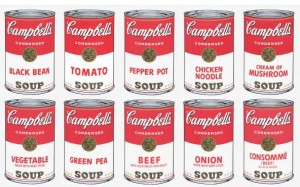A Social Media Tip
No one has done more for the medium that is Twitter than “The Donald.” Listening to a snippet of the president elect yesterday, it made me feel as do many of his sound bites. I get the sense someone feeds him a disruptive and memorable sound bite (or he comes up with it himself) which he repeats 3 times. Sans evidence or support. Then he moves on. These sound bite are what hit the news. The approach is perfect for this Fast Twitch Media world.
In social media, sound bites can become memes. Memes get passed around as fast as jokes and news. And they can certainly last longer. I built a consulting business around brand and marketing memes.
Have you ever gone to concert and sung along with the artist, but only able to sing a few of the hook lines? On the web, the memorable lines are the memes, everything else is flah-flah-flah content.
So, the social media tip is: “Know how to build memes.” Memes that point back to you or your company. Memes that others will replicate and share. Google reads the web every minute. And you can’t buy off Google. You can sometimes trick it, but it can’t be bought. Memes create traffic.
If you are good at creating memes, endemic to your brand, if you use them and own them, you will win in social media. Just ask “The.”
Peace
PS. For more social media tips, Google “Social Media Guard Rails” (a meme).









